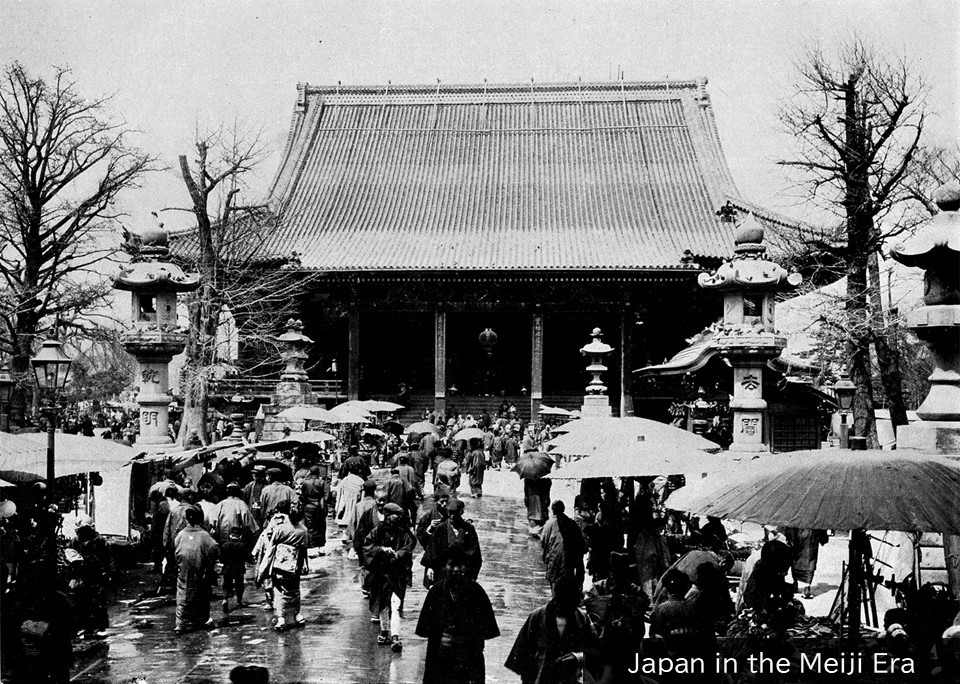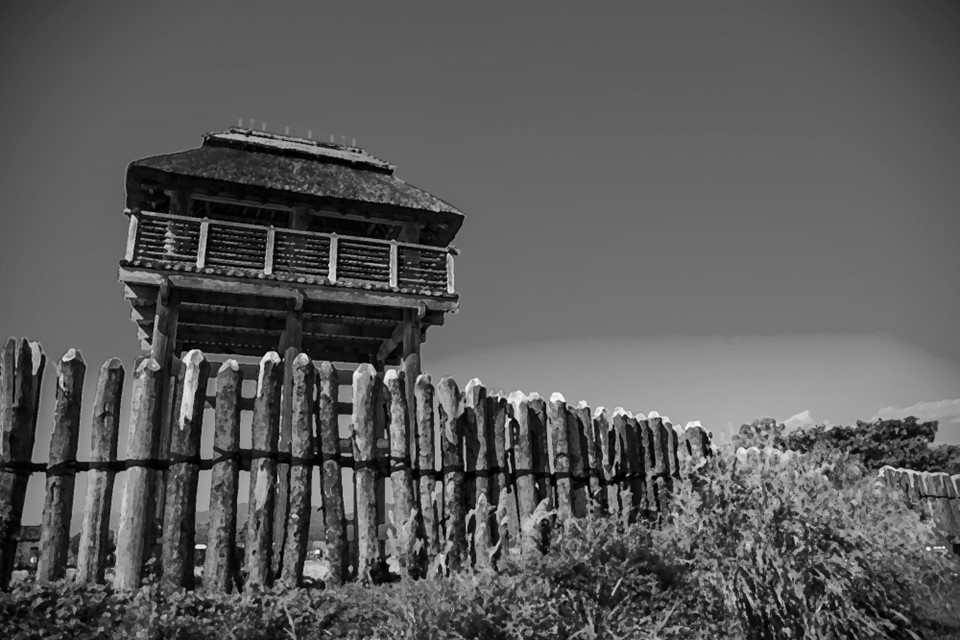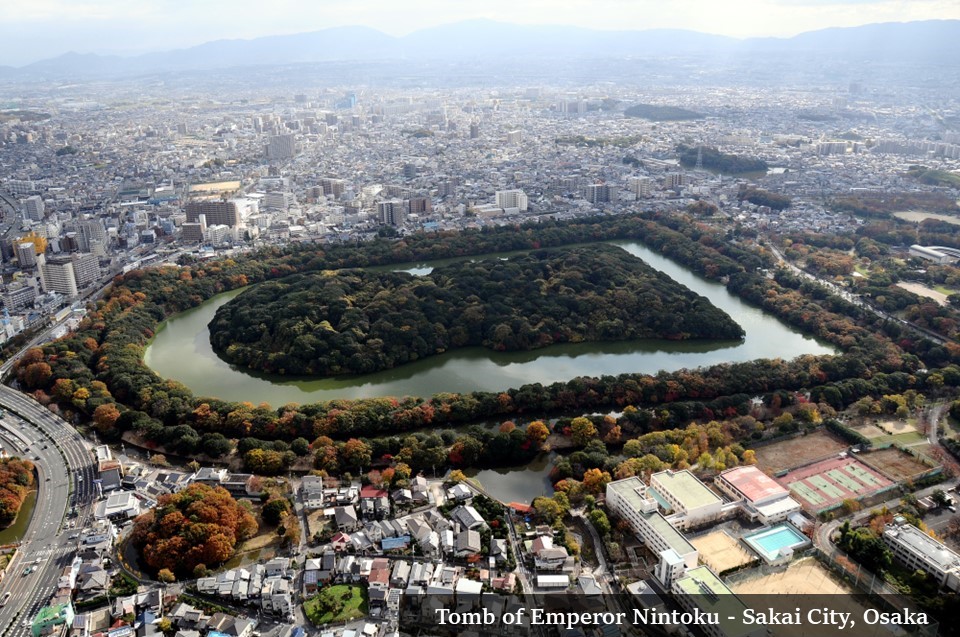When Did the Koseki System Begin?
Let’s explore the origins of the koseki system in Japan, from its earliest forms to the present day.
Ancient Origins: Nanofuda(名籍)
The earliest form of koseki is recorded in the Nihon Shoki (Japan’s oldest history book) and was called Nanofuda. Established around the middle of the 6th century, it was primarily used to register foreign immigrants and did not cover the entire population. This system was quite different from today’s koseki, but it shows Japan has a long history of population records.
The Kōgo Nenjaku(庚午年籍)
In Japan, family registers were institutionalized in 645 during the Taika Reform (大化の改新), an event in Japanese history that occurred during the Asuka period (645-670), and a system called “Kōgo Nenjaku” was established. It served as a record of social status and family names and was also used for military conscription. Although the document no longer exists, historical texts confirm its existence. Scholars still debate whether the register covered the entire country.
The Kōin Nenjaku(庚寅年藉)
In 690, another register, the Kōin Nenjaku, was introduced. Updated every six years, it documented family structures and social status to maintain government control and collect taxes. This system reflected Japan’s transition from local clan-based rule to a centralized government under the emperor.
The Decline of the Ancient Koseki System
In the early 9th century (Heian period), the nationwide koseki system collapsed due to tax evasion and population mobility. This marked the end of Japan’s ancient family registration system.
The Kamakura and Muromachi Periods
During the Kamakura and Muromachi periods (12th-15th centuries), there are no surviving records of a formal koseki system. However, it is believed that some form of population management continued for tax and land control purposes.
The Taikō Kenchi in the Azuchi-Momoyama Period
In the late 16th century, Toyotomi Hideyoshi introduced the Taikō Kenchi, a national land survey used to assess rice production for taxation. While not a family registry in name, it functioned similarly by documenting farmers for tax collection.
Population Records in the Edo Period
During the Edo period (17th–19th centuries), there was no official koseki system, but alternative records existed. The Tokugawa shogunate maintained detailed records such as:
Shūmon Ninbetsu Aratamechō(宗門人別改帳)
Village and town population registers were used for religious and social control, originally aimed at suppressing Christianity.
Kakochō(過去帳)
Temple records of family ancestry, similar to private family registries.
Bungenchō(分限帳)
Samurai records listing the names and roles of retainers within each domain.
In 1825, the Chōshū domain (present-day Yamaguchi Prefecture) introduced Japan’s first modern koseki law, laying the foundation for today’s system.
The Modernization of the Koseki System (Meiji Era)

After the arrival of foreign powers in the late 19th century, the Meiji government introduced a modern national koseki system in 1872, known as the Jinshin Koseki. It established nationwide registration but faced many challenges and was later replaced by more refined versions in the late Meiji and early Taishō periods.
Post-War Reforms and the Current Koseki System
In 1948, after World War II, a new koseki law was enacted. Unlike the pre-war system, which was based on the household structure, the new system focused on the nuclear family—registering a married couple and their children. This is the foundation of the modern koseki system.
In 1994, the system was digitized, and today, most local governments manage koseki records electronically.
What Does the Modern Koseki Record?
The current koseki is an official public record that documents family relationships, including:
Family register entries
| Honseki | The municipality managing the koseki |
|---|---|
| Head of the Household | The person listed first in the registry |
| Names and Birthdates | For all registered family members |
| Family Relationships | Such as parent-child connections |
| Date of Registration | When individuals were added to the registry |
| Personal Status Events | Births, marriages, and deaths |
| Koseki Events | Such as the creation or division of a registry |
The koseki is essential for tracing family history and proving Japanese nationality, which is why it’s required for passport applications.
The Cultural Significance of the Koseki System
The koseki system is a unique feature of Japanese society, deeply tied to the nation’s history and culture. If you have Japanese roots, exploring your family’s koseki can reveal valuable insights about your genealogy.
Request a Free Consultation








